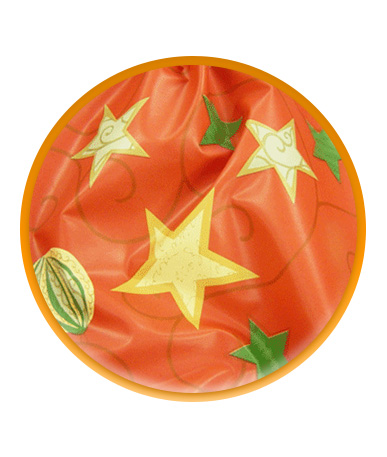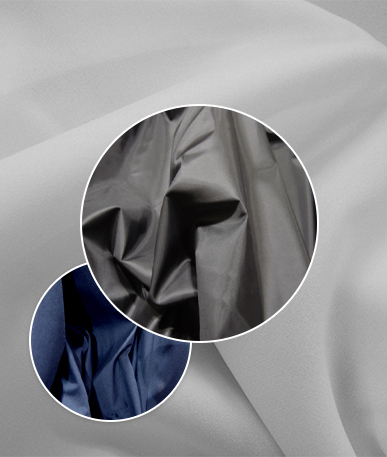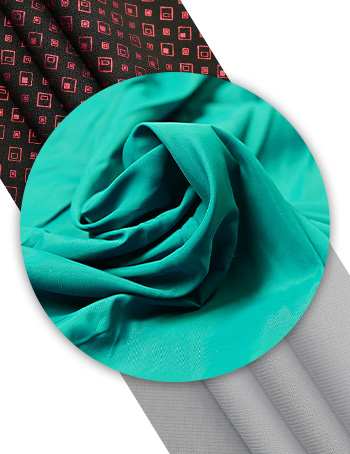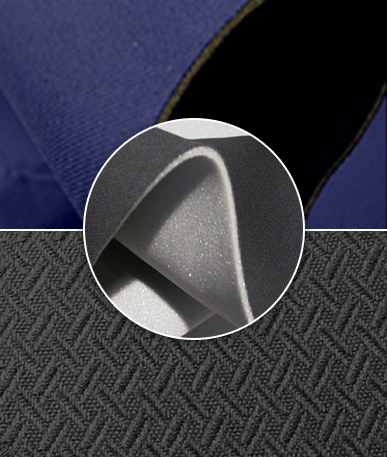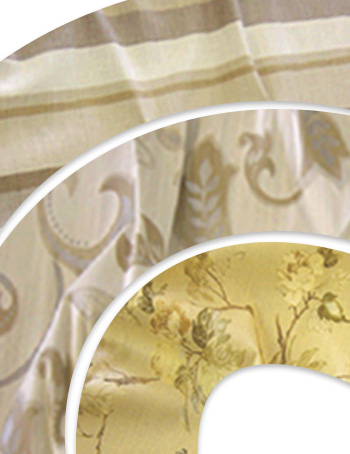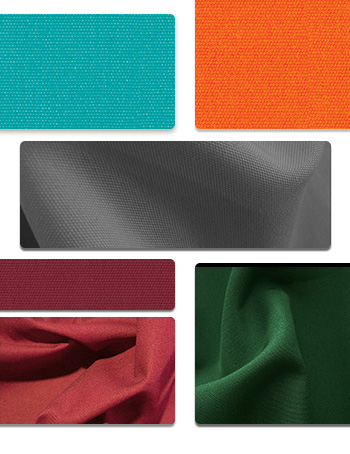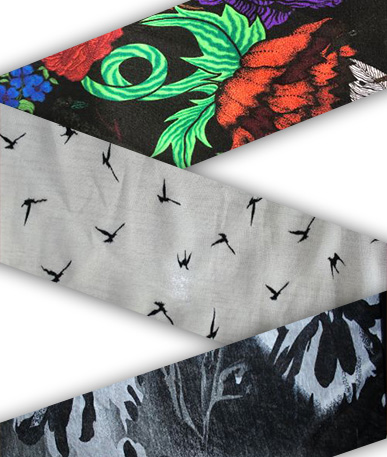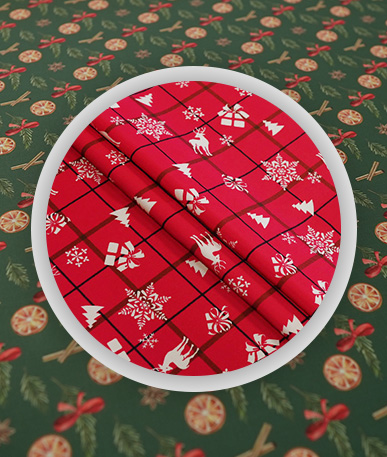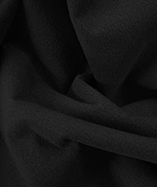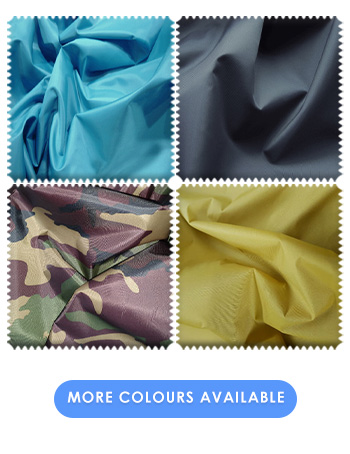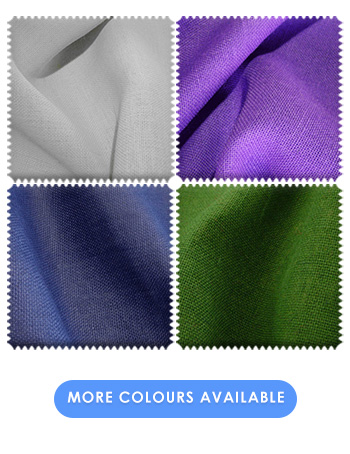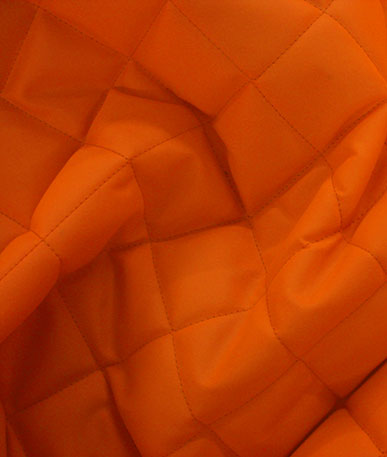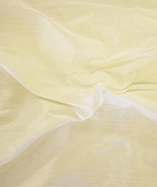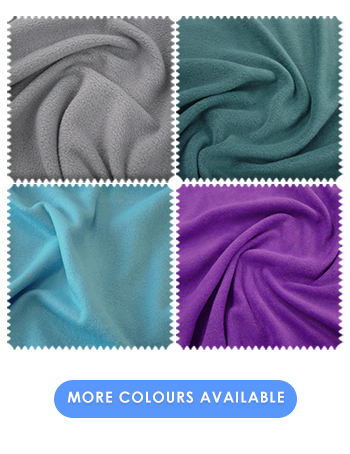| For Help & Orders call us on : 0121 359 2349 | Deliveries delays & Information read here |
It's all about Broad Cloth
As its name suggests, broadcloth has a broad variety of uses and applications. It is sold in larger than usual pieces, making it an excellent choice for creating seamless furnishings.
Origins
Broadcloth originates from England, where it has roots during the medieval period. To make broadcloth, English weavers borrowed techniques from Belgium. Originally, broadcloth was made using wool and then dyed by Flemish weavers in Belgium who had limited access to raw materials. These days, broadcloth is a densely woven fabric but is not only made of wool.
Manufacturing
In medieval times, the raw materials used for broadcloth came from wool in certain Welsh counties. To make the broadcloth, an extra wide loom was used to tightly weave the wool. The result was then dipped in water and then stretched to maintain tension in the fabric because the wool then shrinks when it dries. The cloth is then beaten and manipulated into a soft fabric. After this process, the cloth is then soft and felt-like but not greasy like other wool products.
Once manufacturers produced the broadcloth, it was known as white broadcloth and then sent to Flanders for dying. During the 1700s, new techniques for broadcloth were created, but the basic process for producing the high-quality fabric remained the same. Also, laws changed so that the dying process had to take place within the country.
The result is a material with the durability of wool, but with a much softer touch and lighter weight.
Other materials
While wool is still traditional for broadcloth, cotton is also used. Cotton broadcloth is very sturdy but has a much lighter weight than wool. Other materials are also used, such as cotton and silk, but not usually synthetics because the treatment does not hold up on them.
Uses
Broadcloth was once used for everything from upholstery to clothing. It is still commonly found in fabric stores and tends to be slightly costly as it is an intricate production process. It is still used in clothing, upholstering and crafts. Broadcloth tends to be more common in cool climates because of its insulating abilities and it has also become popular in luxury car interiors. It is still popular as upholstery covers because it is usually sold in larger sizes than many other fabrics.
Broadcloth is used as a dress shirt material since it can be dyed in a variety of hues. It can also be used for other types of clothing as well, such as pants and dresses.
Cost
Throughout its history, broadcloth has been highly prized for its durability and usefulness. Because of the intricate manufacturing process, broadcloth tends to be more expensive than some other materials.
Care
Cotton and wool broadcloth will have fewer wrinkles than regular cotton. Polyester broadcloth blends wrinkles even less, but it is more prone to staining. It can be machine or hand-washed and then line dried.



